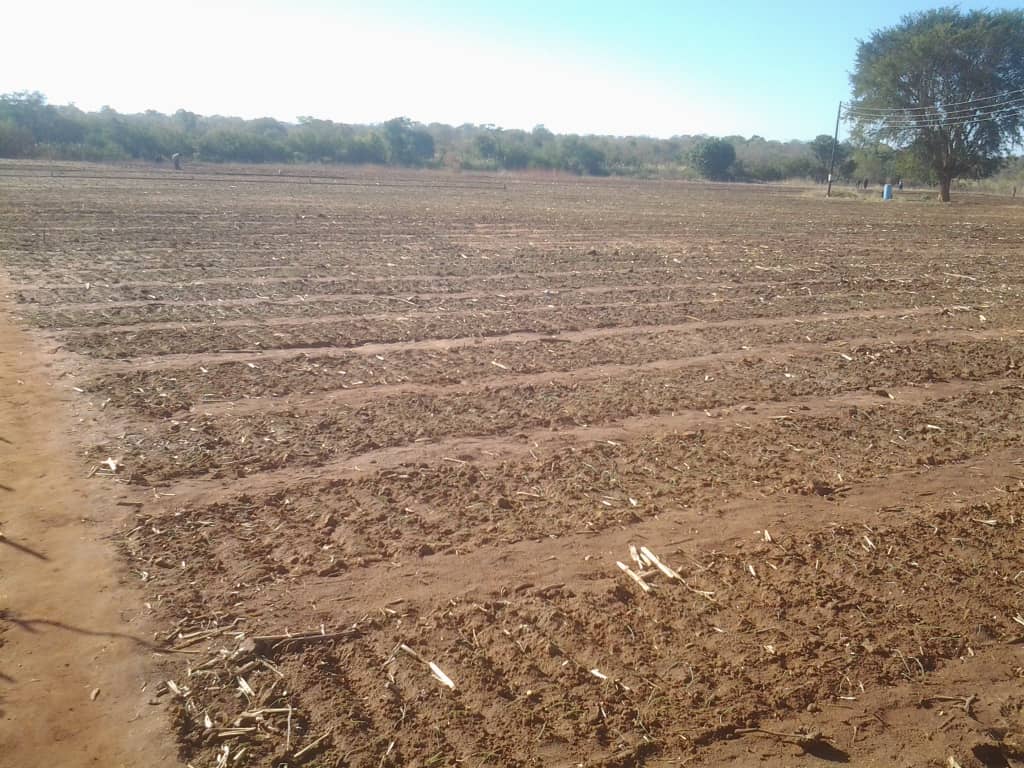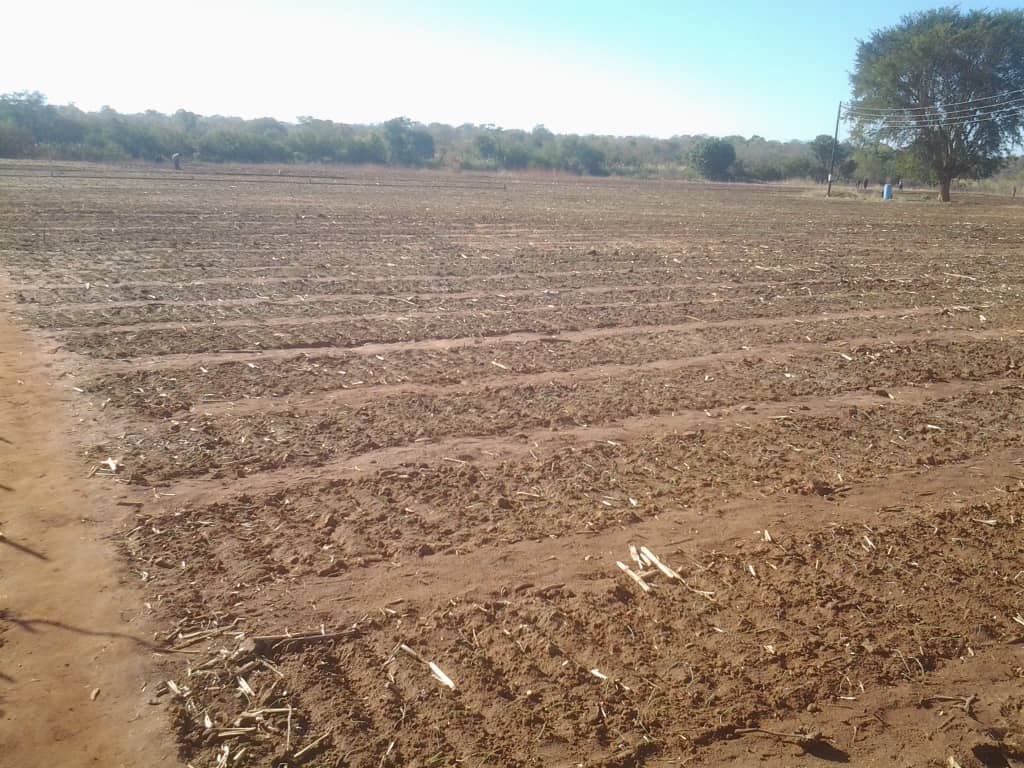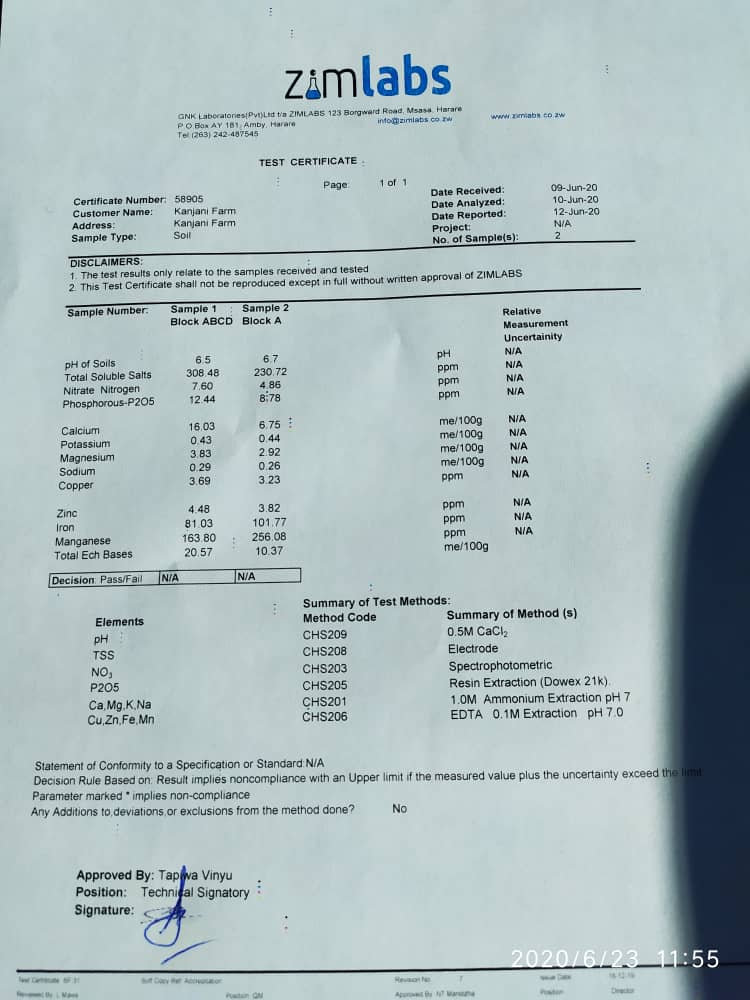
1/12 @Agricura_ZW Agronomy Tip 20/365.
SPLIT APPLICATION OF NITROGENOUS FERTILIZERS
In most cases, nitrogen fertilizer is the most costly major nutrient in any fertilizer program. By placing all the nitrogen requirements at planting @basera_john @MaminiminiObert @Madanzit
SPLIT APPLICATION OF NITROGENOUS FERTILIZERS
In most cases, nitrogen fertilizer is the most costly major nutrient in any fertilizer program. By placing all the nitrogen requirements at planting @basera_john @MaminiminiObert @Madanzit
2/12 A farmer must rely on adequate rainfall during th growing season so that the crop can efficiently utilize the nitrogen. SPLIT APPLICATION is the process of matching nitrogen supply for a pre-established target yield & a given level of soil moisture @agribusiness110 @mmawere
3/12 And then supplying the remaining nitrogen as moisture conditions improve. SPLIT APPLICATION is a strategic & a risk management tool in DRYLAND CROPPING. The practice serves as a way of managing plant nitrogen uptake more efficiently – Nitrogen Use Efficiency @WendyMadzura
4/12 (NUE) especially in an era of escalating nitrogen prices. Split applications of nitrogen give producers greater flexibility in their fertilizer programs. A split nitrogen application can be beneficial from an Agronomic, Economic and Environmental perspective @Fifi_dvc
5/12 A split nitrogen application allows you to hold back a significant portion of nitrogen until the plant is ready to utilize it. By reducing the amount of Nitrogen simply sitting in the soil, you prevent the potential for loss.
This practice MINIMIZES the risk @MoLAWRR_Zim
This practice MINIMIZES the risk @MoLAWRR_Zim
6/12 Of placing ALL THE NITROGEN at the time of planting. By providing nitrogen to meet the CHANGING DEMANDS OF A GROWING CROP, FARMERS can potentially increase Nitrogen Use Efficiency. Split application reduces the exposure of nitrogen in saturated soils @AgritexS @basera_john
7/12 Where the potential for losses such as LEACHING and DENITRIFICATION are increased. It also reduces the amount of product a producer must handle during the busy planting period. Proper timing and placement of nitrogen may help reduce nitrous oxide emissions @agribusinesszw
8/12 A very potent greenhouse gas. Did you know: Volatilization is more likely to occur as the temperature rises, as nitrogen converts to ammonia and evaporates into the atmosphere. Leaching is common in sandy soil, especially with heavy rainfall. Denitrification @akin_adesina
9/12 Generally occurs in wet & warm soil conditions & is common in areas with high humidity. There is a Shona phrase which says “Musapedze hwanja muchikuzha makunguwo, hanga dzichauya”. DO NOT APPLY your Nitrogenous/Top dressing fertilizers @zimagricsociety @MM_Garden1 @mmawere
10/12 “ONCE-OFF’ but rather do “SPLIT N APPLICATIONS”.
When you split your N application and put a portion on later, ALMOST ALL of that second application will be taken up by the plant. Plant roots are more developed and better able to access the N and the @PGambara @mrLethario
When you split your N application and put a portion on later, ALMOST ALL of that second application will be taken up by the plant. Plant roots are more developed and better able to access the N and the @PGambara @mrLethario
11/12 Plant’s nitrogen requirement is increasing so uptake is much more efficient. Dividing total nitrogen application into two or more treatments can help growers enhance nutrient efficiency, promote optimum yields and mitigate the loss of nutrients @PhiriDivah @SandraNabasirye
12/12 The Agriculture industry is working harder than ever to demonstrate it is serious about Sustainable Farming Practices. Limiting Nitrogen loss is another way farmers can demonstrate that they are Responsible Stewards of the LAND @Agricura_ZW @BongayiGokoma @basera_john
• • •
Missing some Tweet in this thread? You can try to
force a refresh



















